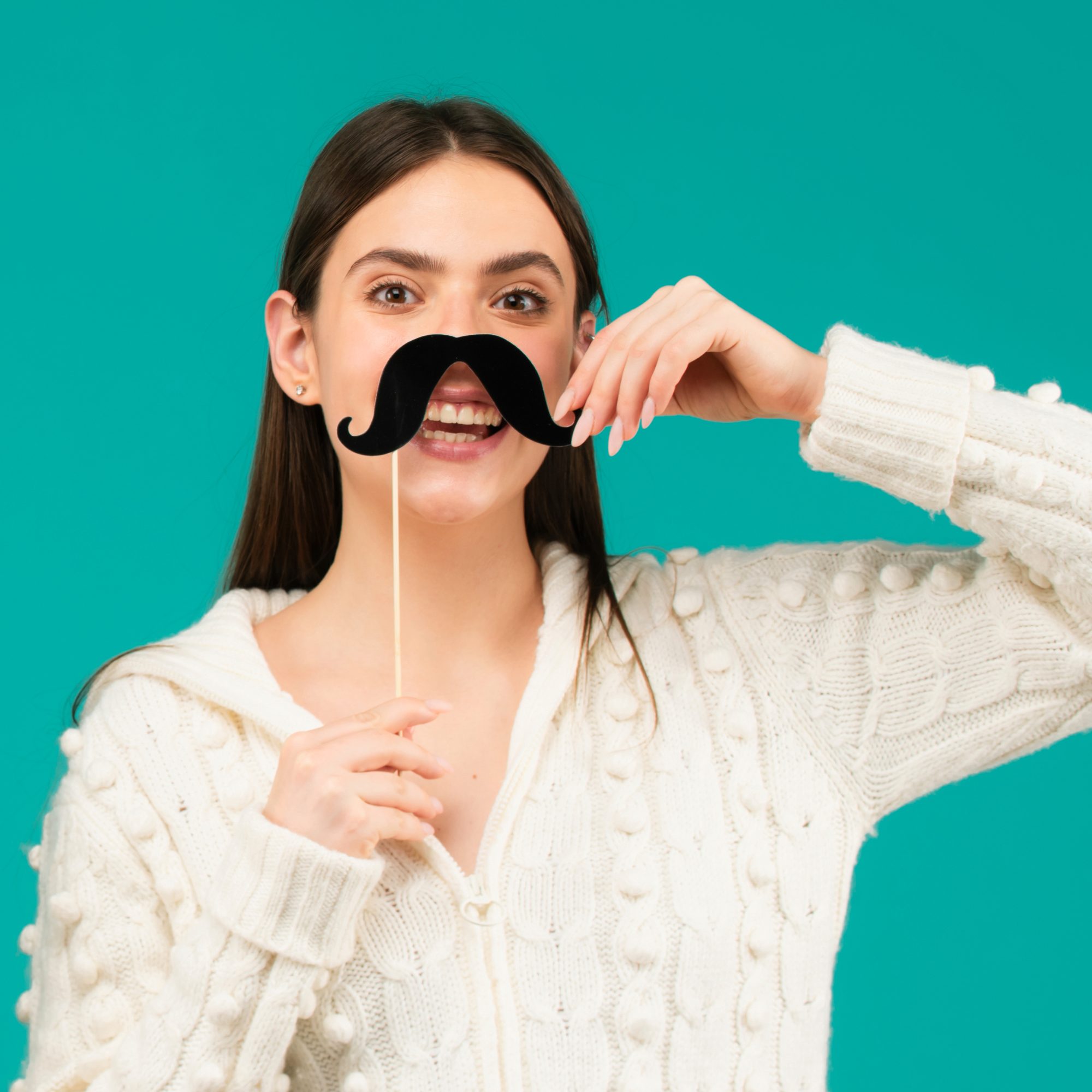Have you ever stepped into a photo studio and felt like something was missing, but you couldn’t quite put your finger on it? Surprisingly, the secret to a vibrant and versatile photo studio often lies in the props. These unsung heroes can transform a mundane shoot into a masterpiece, creating an atmosphere that brings photographs to life. A well-chosen prop not only adds depth to the visual narrative but also helps subjects relax, allowing their authentic selves to shine through.
Why Props Matter
In the bustling world of commercial photography, props play a critical role in storytelling. They are like the spices in a gourmet dish, offering that extra zest that makes an image stand out. Yet, choosing the right props can be a daunting task. It’s not just about having a variety of items at your disposal but selecting pieces that resonate with your studio’s aesthetic and the stories you want to tell.
Efficient photo studio management involves more than just keeping the lights on and the cameras rolling. It’s about creating an environment where creativity flourishes, and props are a big part of that equation. Whether it’s a vintage suitcase that whispers tales of travel and adventure or a simple, elegant vase that speaks of quiet beauty, the right props can elevate a photo shoot from good to unforgettable.
Top 5 Essential Props for Every Studio
- Reflective Surfaces: Mirrors and glossy tables not only add an element of intrigue but also play with light in fascinating ways. They can create illusions, amplify the sense of space, and add a layer of complexity to photographs.
- Textured Fabrics: From velvet drapes to rugged burlap, textured fabrics can dramatically alter the mood of a scene. They serve as versatile backdrops or accessories, adding warmth, contrast, or a touch of luxury.
- Natural Elements: Incorporating elements like sand, stone, water, or plants can ground a photograph, offering a contrast to the human subject and adding a layer of authenticity and freshness.
- Vintage Collectibles: Unique vintage items, whether it’s an antique camera, a classic book, or a retro toy, can add character and a sense of nostalgia, making photos more engaging and story-rich.
- Dynamic Lighting Props: Beyond traditional lighting equipment, props like neon signs, fairy lights, and candles can introduce atmospheric lighting, mood, and depth, transforming the aesthetic of the shoot.
Integrating these props into a photo studio not only enhances the visual appeal but also inspires creativity among photographers and subjects alike. Each prop holds the potential to unlock new narratives, making every shoot a unique exploration of stories waiting to be told.
Maximizing the Impact of Props
While having the right props is crucial, knowing how to use them effectively can set a photo studio apart. It’s not just about placing a random object next to the subject; it’s about creating a synergy between the prop, the subject, and the intended message of the photograph. This requires a keen eye for detail, an understanding of composition, and the ability to anticipate how different elements will interact with light and shadow.
Furthermore, the arrangement of props should be fluid, allowing for adjustments based on the dynamics of the shoot. Sometimes, the spontaneous inclusion or exclusion of a prop can make all the difference, adding an element of surprise or emphasizing a particular emotion. It’s this flexibility and creativity in the use of props that can transform a simple photo shoot into a memorable experience for both the photographer and the subject.
Conclusion
In conclusion, the art of using props in a commercial photo studio is both nuanced and impactful. The right props not only enhance the aesthetic value of photographs but also enrich the storytelling process, making each shoot a distinct narrative journey. As we reflect on the significance of props in photography, it’s clear that they are not mere accessories but vital tools in the creation of compelling visual stories. So, the next time you’re planning a shoot, remember to consider not just the light, the subject, and the camera, but also the transformative power of props.


0 Comment